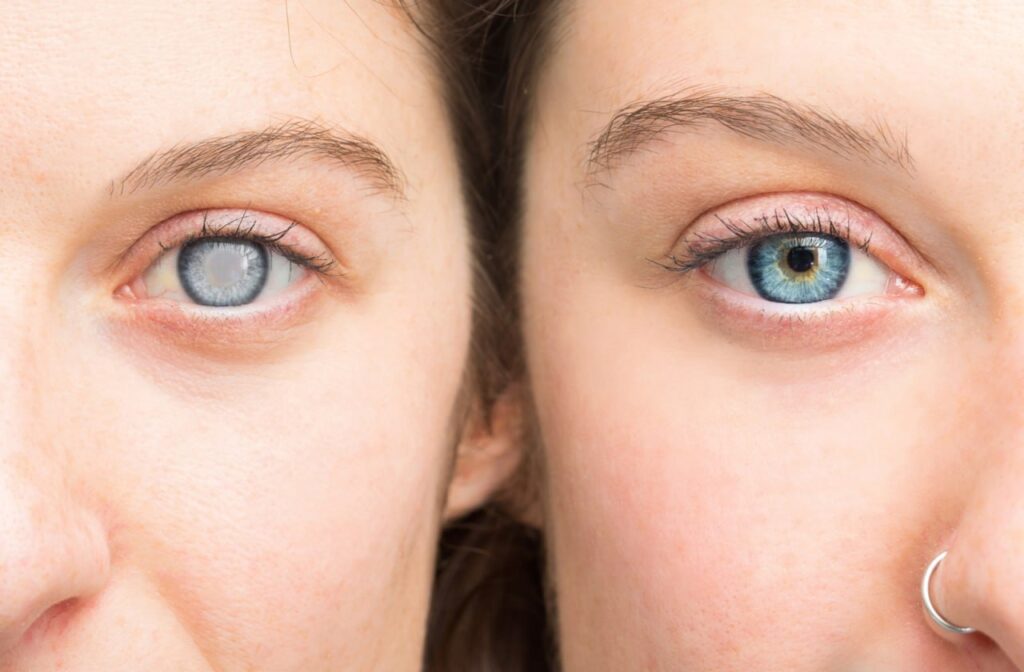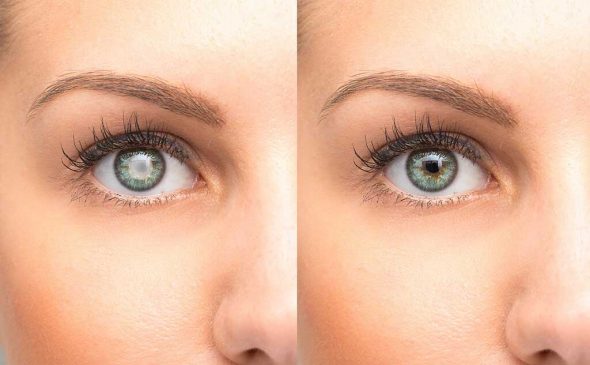What is cataract?
A cataract is the clouding of the natural lens of the eye behind the pupil, which loses its transparency and becomes cloudy. In other words, vision is distorted, as if looking through a fogged glass. Cataract, a slight clouding and hardening of the lens of the eye, begins due to age at an average age of 55-60 years.
The lens of the eye consists mainly of water and protein. It owes its transparency to the special structures of the proteins it contains, which ensure complete light transmission. As the water and protein structure changes with age, transparency begins to decrease in certain areas of the lens. As the lens ages and becomes less transparent, light transmission decreases over time, resulting in cataracts. Cataracts usually occur slowly.
What are the symptoms?
- Sensitivity to light, glare
- Double vision
- Difficulty in reading
- Inability to see in detail at dusk and in fog
- Deterioration of night vision and scattering of lights
- Fading and yellowing of colors
- Frequent changing of eyeglass lenses
- Interference with car headlights and strain while driving
What are the risk factors for cataracts?
Although cataract is usually associated with aging, high myopia, diabetes, some metabolic diseases, another disease due to long-term use of systemic cortisone, it can also occur for these reasons. In addition, long-term exposure to ultraviolet rays (sunlight), a family history of cataracts starting at an early age, or eye trauma can cause cataracts to occur at an earlier age. In addition, smoking, excessive alcohol consumption, hypertension, obesity, and cholesterol-lowering drugs of the statin group may accelerate the formation of cataracts.
Cataract cannot be treated with medications or glasses, but only with surgery.



